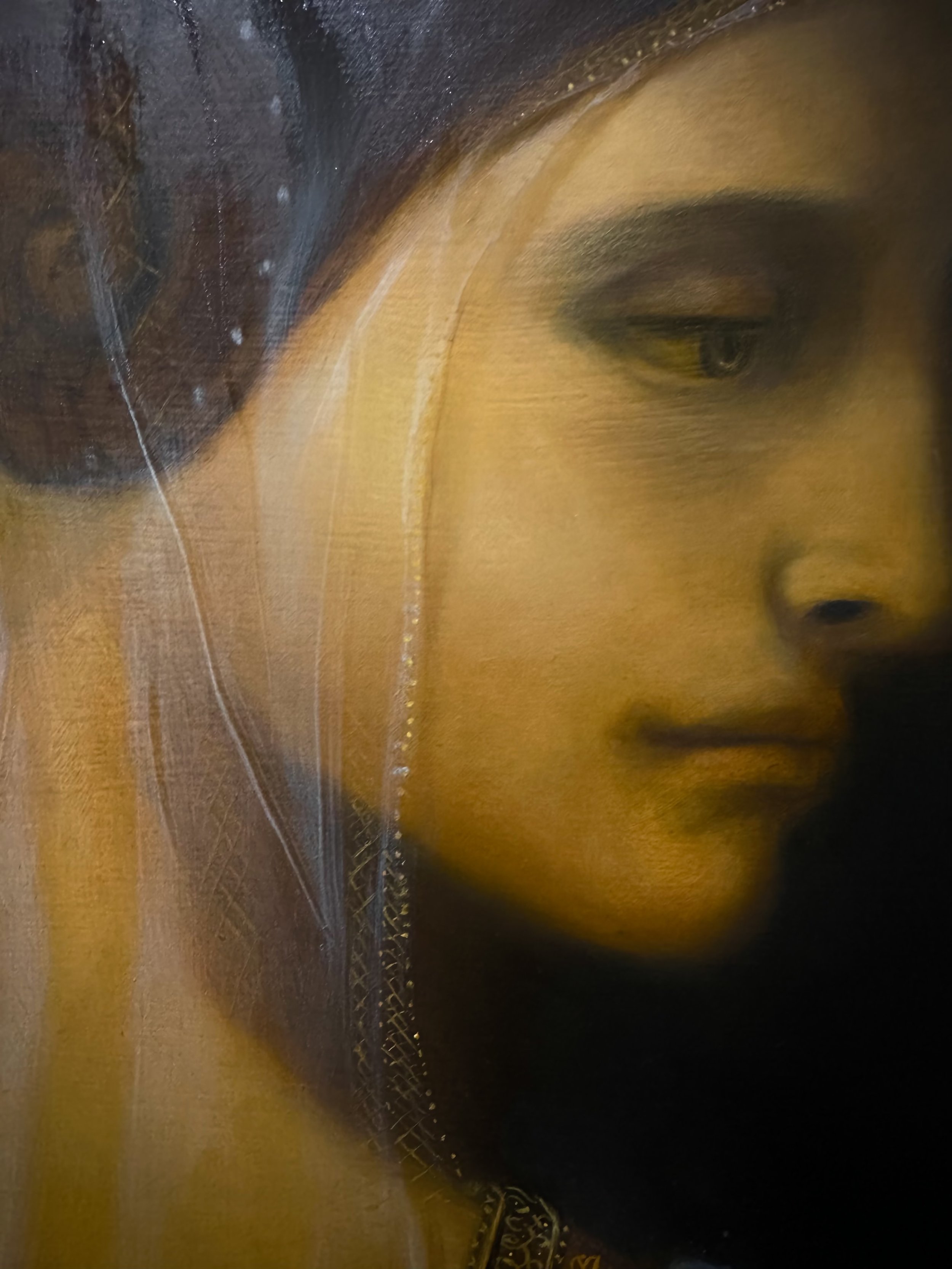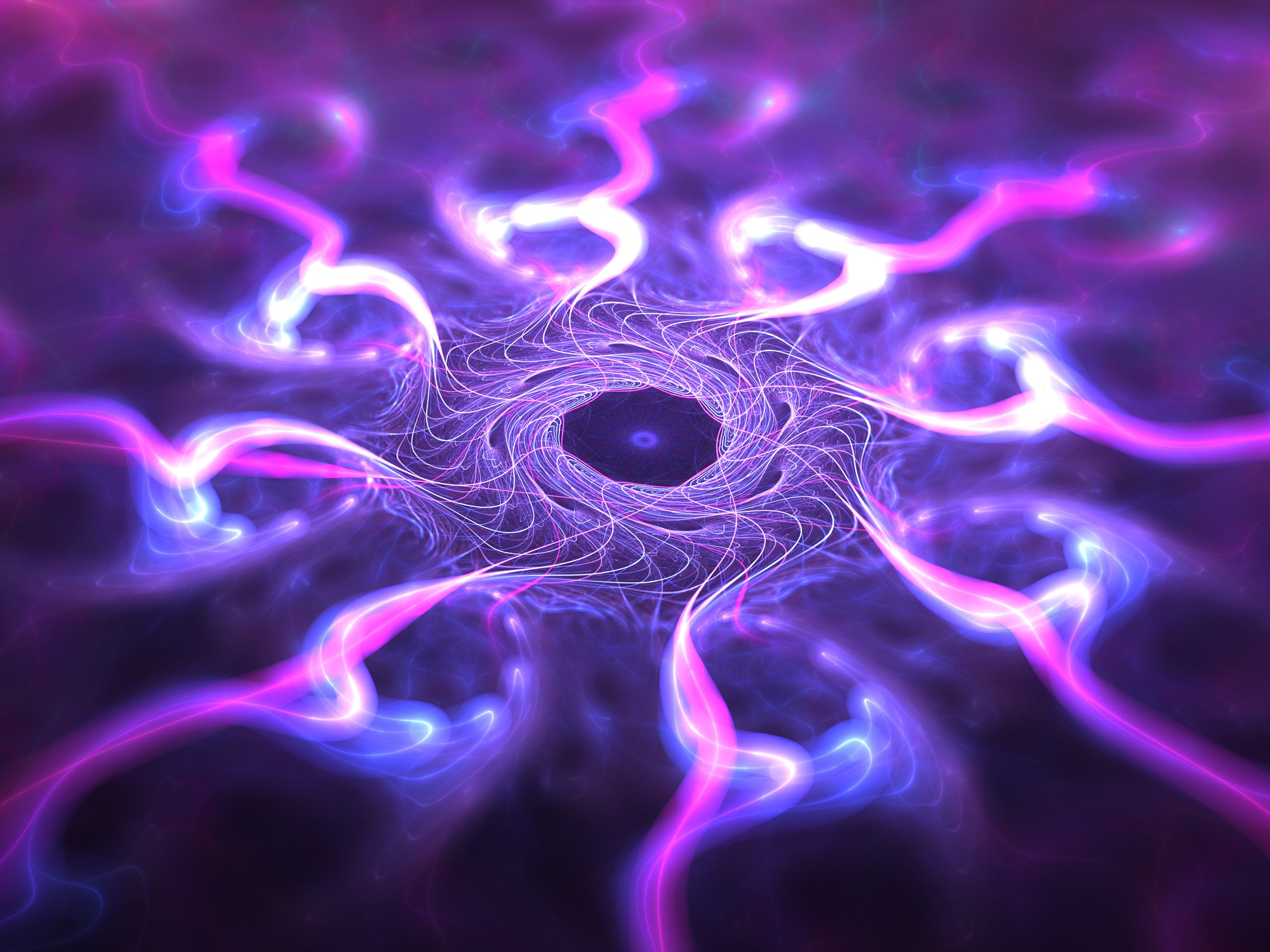The Veil of Maya (short read)
The Veil of Maya (close up detail) - Angus Mathieson 2024
The "Veil of Maya" originates from Hindu and Buddhist philosophy and refers to the deceptive, illusory world of appearances. In Hinduism, "Maya" is often associated with the goddess who creates the illusion that the phenomenal world we see is real. In Buddhism, the concept is tied to the idea that our perceptions of the world are not the ultimate reality, but rather a deceptive overlay that prevents us from seeing the Truth.
In Western thought, the term was popularised by Schopenhauer in his work "The World as Will and Representation" - which I have referred to in a previous post (see specifically ‘A short detour on the power of music’. Schopenhauer used the term "Maya" to denote the illusory nature of the phenomenal world, which he believed was a representation of the underlying reality of the will—a blind, striving force behind all existence. For Schopenhauer, perceiving the "Veil of Maya" is about recognising that what we experience through our senses is not the essence of true being, but a façade that conceals the will. This realisation can, if you’re not careful with it, lead to a form of pessimism, recognising that the Will itself is the source of suffering.
The notion of the "Veil of Maya" is used to critique the idea that empirical reality and sensory data provide us with truth, instead advocating for a deeper, often non-rational understanding of the underlying forces shaping existence.
Is the world we see real? Or, is it simply an illusion we create inside our own minds - and therefore no more real than a dream? Share your thoughts below!



